Hello! I am Dani, an Assistant Professor at the Department of Informatics, Universidad Técnica Federico Santa María, and a researcher with expertise at the intersection of human mobility and data science, focusing on applying machine learning techniques to solve transportation planning challenges. My work leverages advanced computational methods to analyze mobility patterns and improve transportation systems. I am also deeply interested in computer vision and using data science to promote social well-being. In my academic career, I have taught courses on Introduction to Programming in Python, Introduction to Computer Vision, and Information Visualization. My previous research experience includes work in astronomy, particularly in image processing and studying stellar motion.
Digital Mobility Management for the City
With Fernando Becerra, Cesar Marín, Alonso Astroza y Loreto Bravo
In October 2022, my reserach group started a significant project with the Santiago Regional Government. The project "Digital Mobility Management for the City" focuses on analyzing urban travel patterns using artificial intelligence and data from Telefónica. This initiative is part of the broader Nueva Alameda project, including the development of the Metropolitan Bike Path.Our team, with contributions from researchers across universities and support from companies like Telefónica and the Digital Country Foundation, developed new methodologies and visualization tools. These tools provide insights into mobility patterns, especially along the Alameda-Providencia Axis, and highlight the increase in bicycle usage in recent years.This collaborative project demonstrates the value of digital data in urban planning, aiding in the creation of more sustainable mobility strategies. The project concluded with a training workshop for officials on using the developed interactive mobility visualization tool, marking a step forward in urban mobility planning. For more details on this innovative project, read the full news article here.
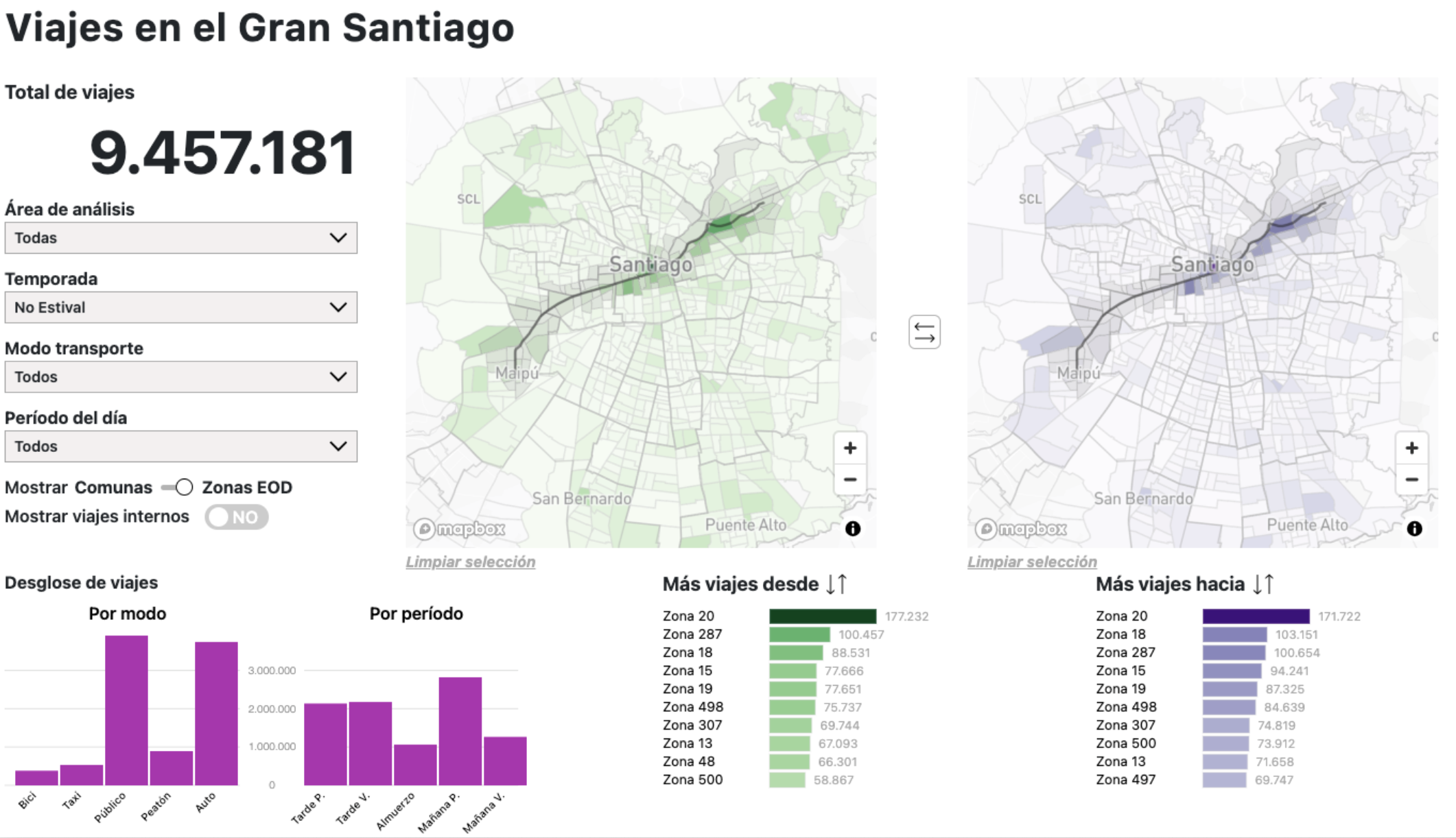
Visualization Tool 2023.
Estimating Modal Split: The Role of Mobile Data in Urban Transport Analysis
In our latest research, we tackle a big challenge in urban transport planning: getting up-to-date information on how people travel. Traditional ways of collecting this data are slow, infrequent, and expensive. Our solution? We use mobile phone data, a rich and affordable source of information, to understand current travel patterns in detail.We focus on hard-to-track transport modes like bikes and taxis by looking at how people use their phone apps. Our method combines this mobile data with official surveys and census info to create a better and more current picture of how people move around. Using Santiago, Chile as our case study, we identified four main ways people travel: public transport, cars, walking/biking, and taxis. Our findings show big changes in these travel modes from 2012 to 2020, like less use of public transport and more use of cars.To learn more about these important changes in city travel and our innovative approach, check out our full paper here. Our research helps us understand better ways to plan cities for easier and more sustainable travel.
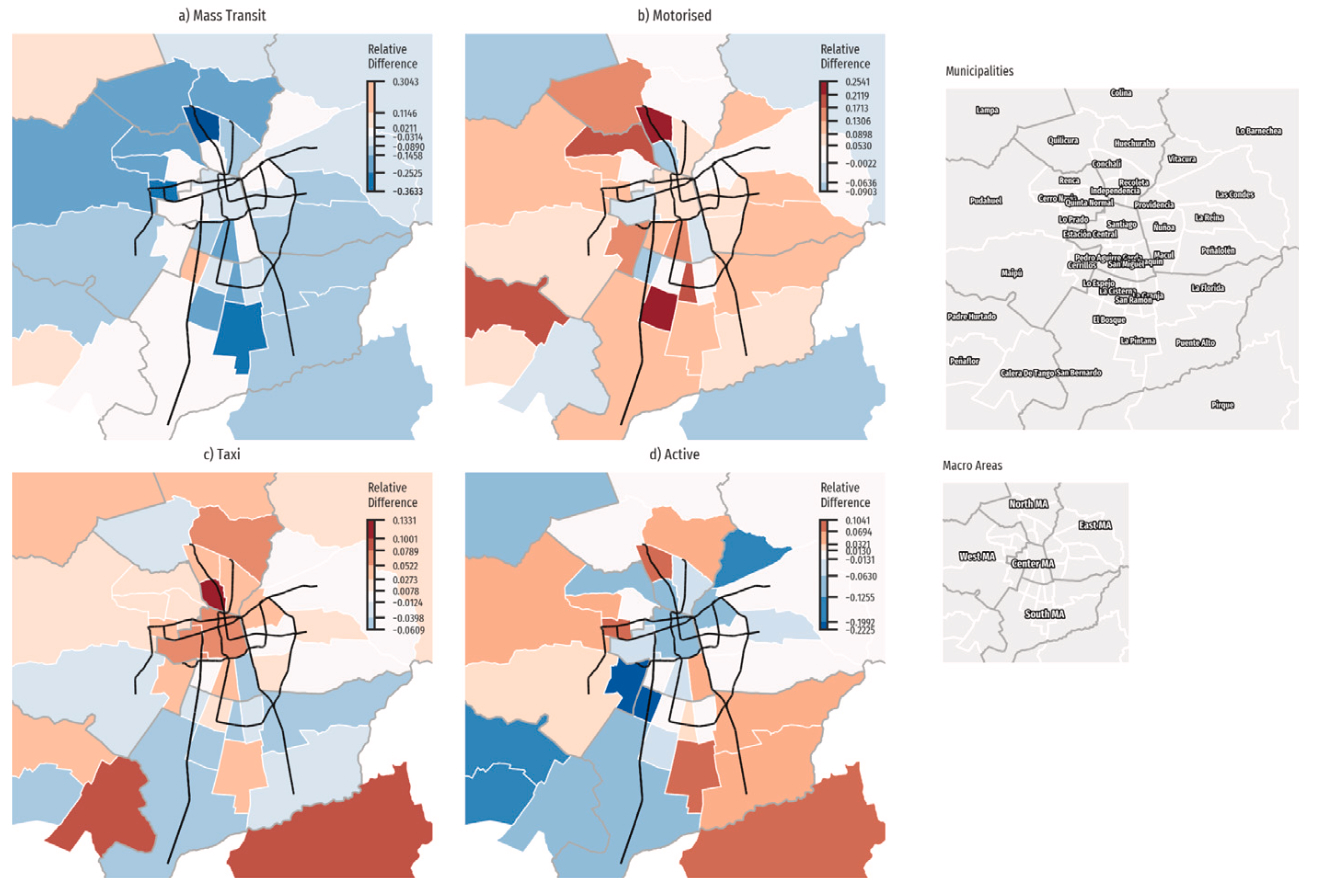
Graells-Garrido, Opitz, Rowe & Arriagada. 2023.
Slow Adoption of AI in Chilean Companies, Reveals UDD and AmCham Study
With Loreto Bravo
We collaborated with the American Chamber of Commerce in Chile (AmCham) and conducted a study about the level of adoption of AI technologies in Chilean companies. We found that 78% of surveyed Chilean companies have not incorporated artificial intelligence (AI) into their processes. A further 14% have limited AI integration, and only 8% have widely implemented AI.The findings suggest a significant portion of these companies do not utilize data for decision-making or have the infrastructure and expertise for predictive analytics. We emphasizes the need for rapid AI adoption for competitive market positioning.The report categorizes companies into four AI maturity levels: Outsiders (78%), Beginners, Intermediate, and Insiders (8%). These classifications range from companies with no data utilization and infrastructure for AI to those extensively using AI for decision-making and process enhancement.The slow integration of AI could impact sustainable economic growth, but also presents an opportunity for enhancing work quality and employee satisfaction through creative and innovative activities.For more information, read the full article here. Additionally, the complete presentation of the study can be downloaded here.
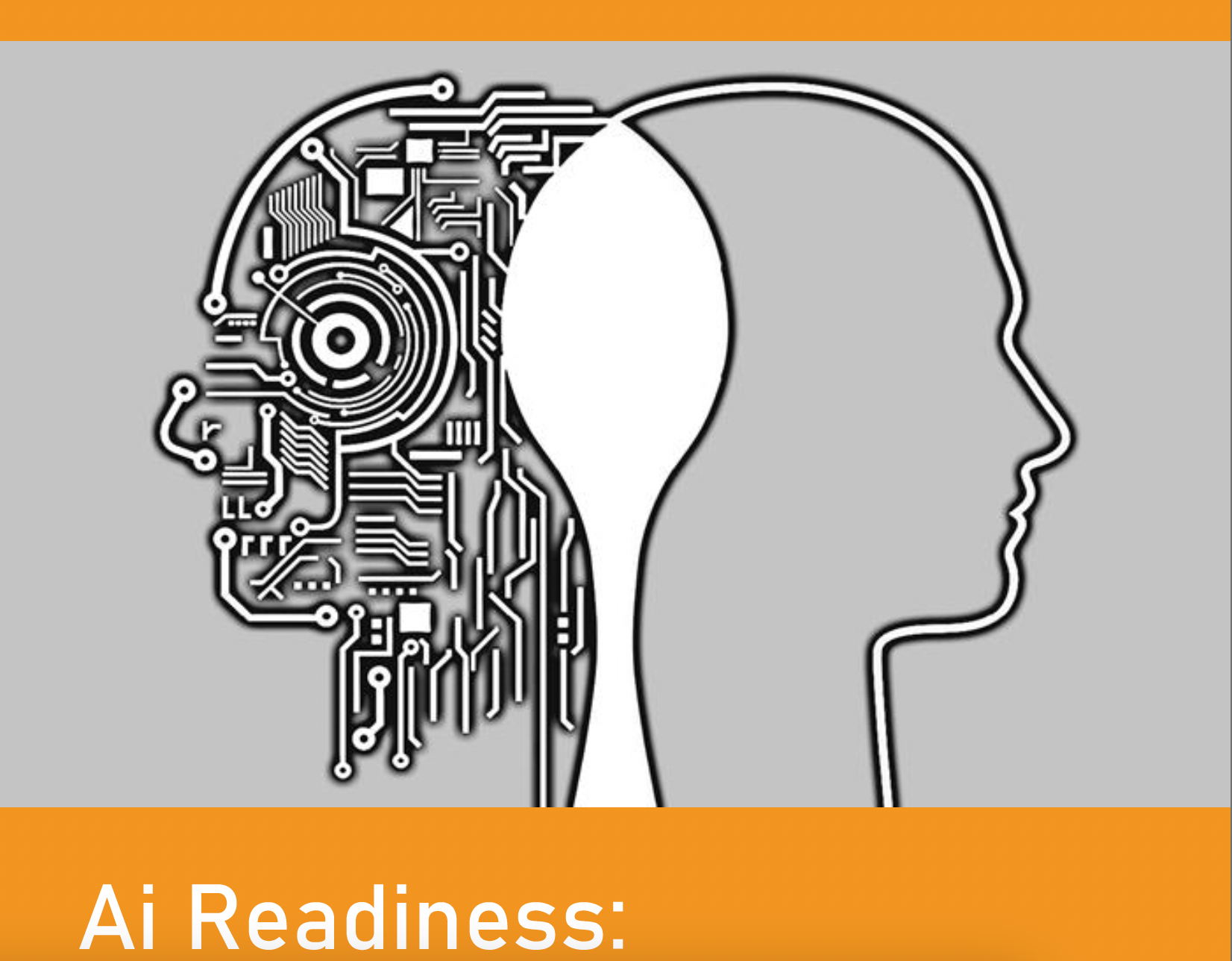
AI Readiness 2019
Searching for Binary Y Dwarfs
With Chris Tinney, Jackie Faherty, J. Davy Kirkpatrick and Chris Gelino
I am searching for Binary Y dwarfs with the Gemini GeMS Multi-conjugate Adaptive Optics Systems and performing simulations to determine the luminosity and separation limits for non-detection of companions. Studying the binarity of these objects will address the multiplicity properties of brown dwarfs, which is a empirical constraint on star formation models. Binarity studies allow us to answer important questions such as: How common are binary systems? What is mass ratio between the secondary and the primary? or What is the limit separation at which a binary system can be formed? Multiple systems also provide an opportunity to measure the masses of these objects when both astrometry and radial velocity data are available. In addition, binary brown dwarfs can be used to characterize atmospheres of sub-stellar objects.
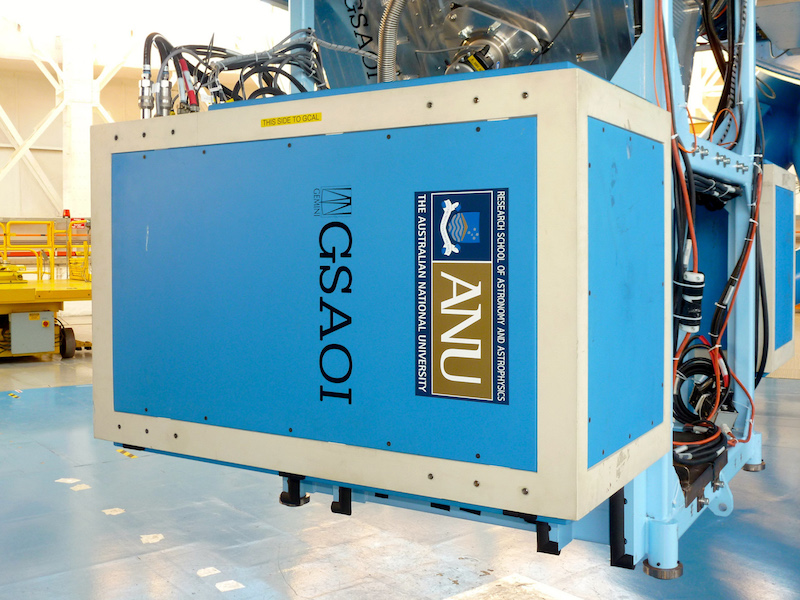
GSAOI. Image credit: Daniela Opitz
Measuring the Distances to the Ultra-cool Y-type Brown Dwarfs
With Chris Tinney
My research project will use the new GEMINI Multi Adaptive Optics System (GeMS) to implement an observation program to measure distances to the new ultra-cool Y-type brown dwarfs discovered by the NASA Wide-field Infrared Survey Explorer (WISE). These cool objects have extended the spectral classification system to the Y spectral type and enable the study of the properties of objects in the temperature gap between the coolest previously known sub-stellar objects (Teff 500 K) and gas-giant planets (Teff 124 K).Trigonometric parallaxes provide the most direct distance measurement for stars and estimating the distances to these new objects is of fundamental importance for their characterization. Luminosities determined will constrain models, and combined with color-color and color-magnitude diagrams allow the study of other physical and chemical parameters such as gravity, metallicity and the presence of clouds and/or dust. In addition, combining luminosity with evolutionary-model radii will determine effective temperatures.
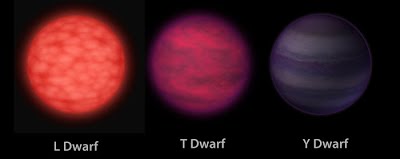
Image credit: NASA/JPL-Caltech